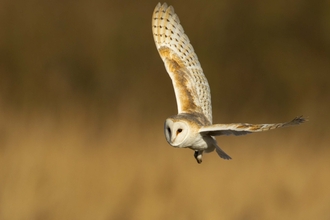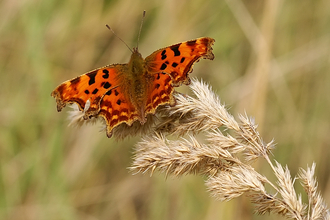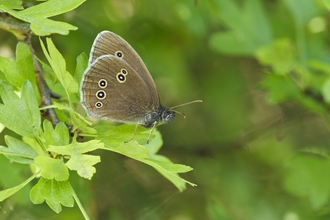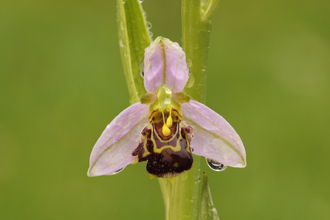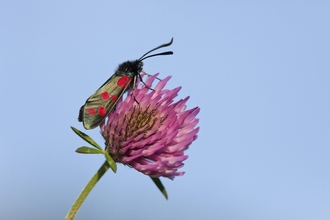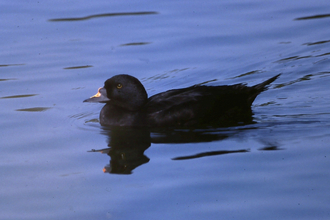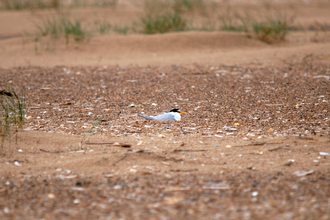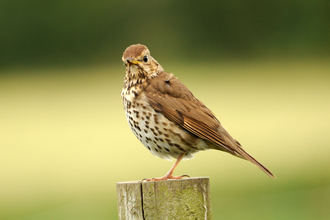For many, July saw their first sighting of the White Letter Hairstreak butterfly, among a flutter of other colourful winged friends, including comma, meadow brown, common blue, ringlets, and later in the month an abundance of stunning painted ladies. A small number of green veined butterflies and gatekeepers were seen earlier in July, did you manage to spot one?
Jolly July - What wildlife has been seen this month?
Trevor Southward
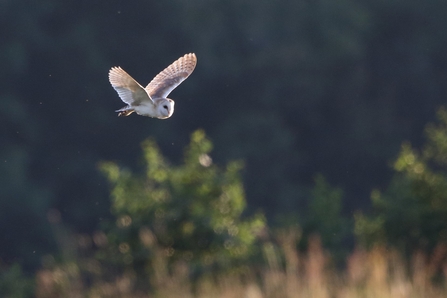
Ged Gill
We were lucky to see our friendly Barn Owls back around dusk, with three being spotted at once one evening. Burnett Moths have been seen in great numbers, from 2-spot to 6-spotted. Their striking colours make them easy to spot, especially among the lilac thistles.
Our small winged friends have been most popular this month, with flies, bees, wasps, hoverflies, beetles and many more mini-beasts holding the fort on the ground level.
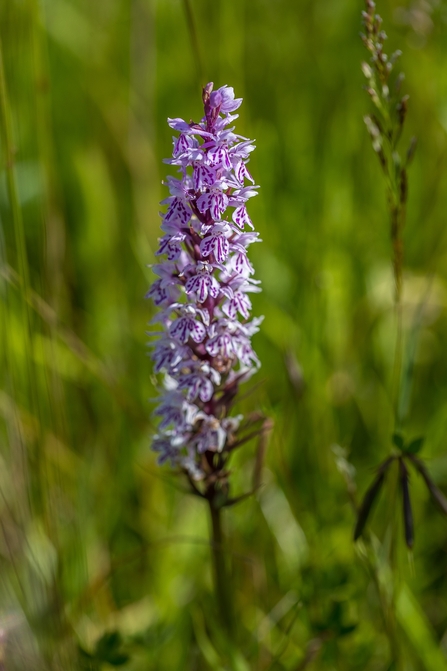
Steve Laycock
While we all love wildlife, it's easy to forget about the wonderful plant and flower-life we get at Brockholes, especially during the summer months. The woodlands are given a colourful carpets, and meadows bloom with bright yellows and purples, blues and reds. There has been some stunning orchids seen throughout the reserve this month, including bee orchids and marsh orchids (pictured). Yellow fringed water lilies have been seen on the lakes, which you could say look a bit like daffodils growing in water!
Fledglings continued to thrive, with Curlew chicks spotted in one of the fields around Brockholes. Young grebes out swimming with their parents, and Teasel, our young Longhorn cow, growing up to be a brilliant grazer with the rest of the herd. Baby coots with their vibrant colours were seen our with the mothers and the fluffy ringed plover chicks were pottering around the islands.
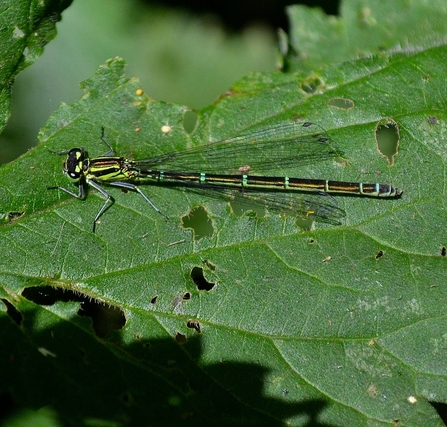
Ken Hayes
Dragons and damsels have continued to fill the area with colour, with blue tailed damselflies, azure damselflies, and black tailed skimmer dragonflies spotted among many others.
Amazingly, two little terns were spotted by some visitors, a great find and something which hasn't been seen at Brockholes in a while. The duo hung around Brockholes for a few days before continuing their journey - we hope they come back next season.
Song Thrushes, wagtails, lapwings, reed buntings, grasshopper warbles, our resident Kestrel, and wonderful sightings of Kingfishers were among the bird sights this month. A few flycatchers were seen as well, a brilliant spot in the Brockholes trees.
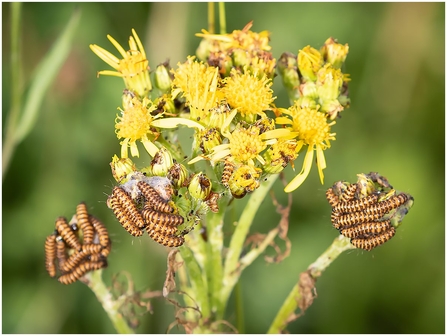
Trevor Southward
And while the butterflies have been fluttering about, the caterpillars have been crawling around in huge numbers. These cinnabar caterpillars have been seen all over the wildflowers, getting ready to pupate and become their next phase of their cycle to be a moth.
Our wonderful volunteers taking care of the polytunnels found a Poplar Hawk Moth and a Ghost Swift moth one day; two stunning moths - we can't wait to see what else may be found. Bank Voles and frogs and toads have been seen below our feet, while the stormy skies have kept us wondering what is next for the weather (and the wildlife) at Brockholes.
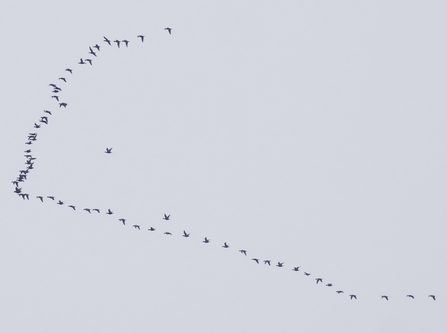
Bill Aspin
A very rare ornithological event happened towards the end of the month, which will go down in Brockholes history. An amazing diurnal passage of around 600 Common Scoter flew over head for around two hours.
The following information comes from regular visitor and ornithologist, Bill Aspin: "For those unaware, Common Scoter is a species of sea duck. Overland passage of Common Scoter between the North Sea and Irish Sea in autumn (the other way in spring) is well known, but the movements usually go over our area during the hours of darkness having left the North Sea from dusk the evening before.
"Local birders annually hope to encounter small numbers (usually in single or more notably low double figures) annually on inland waters, these presumably being stragglers of a larger passage that didn’t make it all the way across England during darkness, perhaps brought down by inclement weather for example, or simply needing a rest, therefore birders usually only ever see a tiny fraction of what must be many thousands moving overland during both seasons.
"Over the past 21 years I have watched Brockholes I have seen barely a handful of small flocks moving over in daytime, but this really was on another level, perhaps on a scale that I may not witness again locally in my lifetime."


